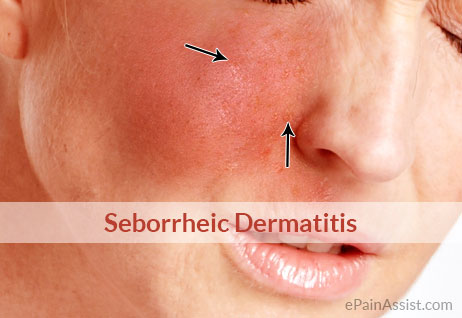It could be caused by an allergy, or because the protective layer of your skin got damaged.
Allergic Reaction Triggers
If it’s an allergy, your immune system is involved. After you touch something, it mistakenly thinks your body is under attack. It springs into action, making antibodies to fight the invader. A chain of events causes a release of chemicals, including histamine. That’s what causes the allergic reaction — in this case, an itchy rash. It’s called allergic contact dermatitis.
Common triggers for contact dermatitis are:
- Poison ivy, poison oak, and poison sumac
- Hair dyes or straighteners
- Nickel, a metal found in jewelry and belt buckles
- Leather (specifically, chemicals used in tanning leather)
- Latex rubber
- Citrus fruit, especially the peel
- Fragrances in soaps, shampoos, lotions, perfumes, and cosmetics
- Some medications you put on your skin
Usually, you won’t get a rash the first time your skin touches something you’re allergic to. But that touch sensitizes your skin, and you could have a reaction the next time. If you got a rash on first contact, chances are you’ve touched that trigger before and just didn’t know it.
Skin Damage
Some rashes look like an allergic reaction but really aren’t, because your immune system wasn’t involved.
Instead, you touched something that took away the surface oils shielding your skin. The longer that thing stayed on your skin, the worse the reaction. It’s called irritant contact dermatitis.
If you have eczema, you’re more likely to get this kind of rash.
What’s Causing Your Rash?
Many of the symptoms can be the same. In both cases, your skin may blister, or you may get a raised red rash. Your skin will itch and maybe burn.
When something is irritating or damaging your skin, you’ll probably see a rash right away. With an allergy, it may be a day or two before the rash shows up.
Symptoms of a contact allergy are usually right around where you touched the thing you’re allergic to.
Irritant contact dermatitis (skin damage) tends to be more painful than itchy.
Treating a Rash at Home
If you know what caused the rash, don’t touch it again.
Wash your skin with mild soap and cool water right away, if you can. You may get rid of all or most of the problem substance. That could help cut back on symptoms.
When the rash covers only a small area, a hydrocortisone cream may be all you need for relief.
For blisters, apply a cold moist compress for 30 minutes, three times a day.
If your skin is damaged, put moisturizers on it several times a day to help restore the protective layer.
Oral antihistamines can help relieve itching. Don’t use an antihistamine lotion unless your doctor suggests it, because it could cause skin irritation or an allergic reaction, too.
When to See Your Doctor
Call your doctor if your rash is painful or worries you, or if it isn’t better after a couple of days. Your doctor will take a look and ask you questions to help figure out what’s going on.
Depending on how severe it is, he may prescribe steroid pills or ointment, and an antihistamine.
If you can’t avoid what’s bothering your skin, talk to your doctor about wearing gloves or using creams to keep it safe.
Reviewed by: Melinda Ratini, DO, MS on September 17, 2014.

Leave a Reply